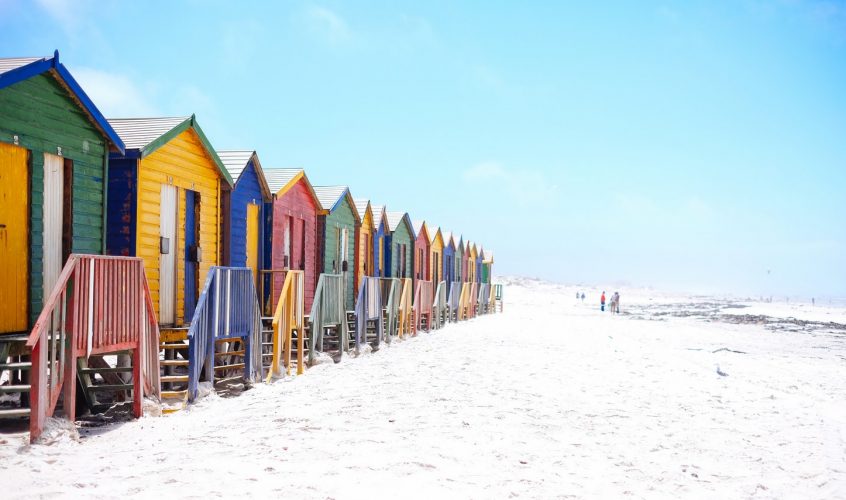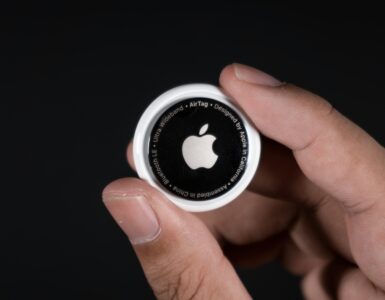Your Guide to Safe Summer Travel
If you’ve booked a trip recently, safe summer travel is probably on the top of your mind! Even now, hotels, airlines, museums, and other tourist venues are putting strategies in place to be able to open safely. Rigorous sanitization practices and touchless experiences will be implemented to ensure the safety and comfort of every traveler. In addition to following current health guidelines for safe travel, it is also important to take precautionary steps to ensure your overall health and wellness as you travel.
Here are a few ways you can have fun in the sun and enjoy safe summer travel this year!
➡️ Sun protection:
Vitamin D is a powerful defense against illness and disease. It is produced naturally in the body after sun exposure and can also be obtained through eating foods rich in Vitamin. However, even though sun exposure aids in natural production of this vitamin, this does not mean you should head outside unprotected. Adequate skin protection is absolutely essential for preventing painful burns and for decreasing your chance of skin cancer. Fortunately, sun protection can be managed with a few simple steps. Here are some guidelines to follow:
-
Avoid exposure during peak hours
The sun is harshest between 10 a.m. and 2 p.m. Yes, this might make it difficult if you are planning a seaside vacation where the main attraction is the beach. But a sunrise picnic, or a swim later in the day is just as fun! Plus it’s a great excuse to take a nice, midday nap when the sun is hottest.
-
Wear the right clothing
Cover your arms or wear a wide-brimmed hat if you are heading out in the sun. Covering your skin does not necessarily mean you need to swelter from the heat. There are so many cool, breathable fabrics that will allow you protection as well as airflow to stay comfortable. These sun-friendly clothing pieces may give you a few ideas of what to look for.
-
Don’t forget the sunscreen
Make sure to pack a broad-spectrum sunscreen with an SPF of 30 or higher. Make sure you apply thoroughly and frequently especially if you will be in the water. With recent concerns about some sunscreen ingredients being harmful to humans or coral reef, you might consider purchasing a mineral-based sunscreen. Again, you will want to find a broadspectrum option and make sure to re-apply frequently.
➡️ Hydration:
Dehydration while traveling is one of the most common reasons travelers wind up spending part of their vacation in a foreign hospital. Even from the get-go, it can be difficult to stay properly hydrated. Airplane cabins are kept at 10-20% humidity in order to maintain a sterile environment. This is well below the 30-60% we are used to and even the 25% humidity of the Sahara Desert! Start your trip right by drinking 8 oz of water for every hour you are on the plane. You may have to excuse yourself to the bathroom frequently, but it’s worth it for a healthy start!
-
Get the right water bottle
One reason travelers struggle to maintain water intake is because it can be difficult to find purified water. Since it’s so important to make sure your drinking water is safe while abroad, many travelers opt for expensive bottled waters. If price or sustainability is a concern for you, there are many self-purifying water bottles that will allow you to save money and plastic. Or you might consider purchasing chemical disinfecting tablets to pop into your favorite water bottle.
-
Watch your activity
It’s easy to lose yourself in the glistening steps and pillars of ancient Rome. Suddenly you’re walking 4 times the distance you normally do in a day, and in the heat of the summer! Pay attention to your extra activity, change in climate, and change in altitude. All of these factors may contribute to your need for more water than you would typically need in a day.
-
Watch your diet
Clean, fresh food can be hard to come by while traveling. If you find yourself reaching for salty processed snacks, this could be yet another factor working against your hydration. Opt for fresh fruits and vegetables when you can, but with one caveat! For your safety, stick to produce with a thick peel such as mangoes, oranges, bananas. For veggies, try cooked or boiled options to make sure it’s free from bacteria that your body isn’t accustomed to.
➡️ Mosquitoes:
If someone asked you what the world’s deadliest creature was, what would be your guess? Sharks? Crocodiles? Bears? You might be surprised to find that the deadliest creature on earth does not have powerful claws or razor-sharp teeth. It is the seemingly-insignificant mosquito that is responsible for the most deaths per year. The WHO estimates this number to be over one million per year. This pest carries serious diseases such as malaria, yellow fever, and the zika virus. If you are traveling to a destination where mosquito-borne illnesses are frequent, make sure to get recommended vaccinations and pack adequate protection.
Here are a few things you may need to pack.
-
Protective clothing and netting
Since mosquitoes thrive in warm, moist conditions it can be hard to stay cool and comfortable while layering up against mosquitoes. Look for pants and long sleeves with tightly-woven fabric a few sizes larger to give you some breathing room. Synthetic materials such as polyester, nylon, and rayon work well. You can even look for clothing specifically designed to protect against insects such as the Insect Shield line. Don’t forget the mosquito netting for nighttime protection!
-
Spray for your tent and gear
Permethrin Insect Repellent is a powerful protectant you can apply to the outside of your heavy-duty clothing, tent, or other gear. This is a must-have if you will be doing a more adventurous trip such as trekking or camping. Permethrin not only repels, but actually kills mosquitoes, ticks, mites, and more than 55 other insects. It is meant for gear only — not your skin!
-
Insect repellent
DEET is, of course, one of the most effective repellents. If it doesn’t agree with your skin you can try a DEET-free option such as this plant-based lemon-eucalyptus spray. When using sunscreen along with bug spray, be sure to apply the sunscreen first and the repellent second. To cover more sensitive areas such as your neck or face, look for gentle repellent wipes. The Skin So Soft Bug Guard wipes by Avon are DEET-free and oil-free.
-
Anti-itch cream
While preventative packing is important, prepare your first aid kit with some soothing creams just in case. After Bite Itch Eraser, Calamine lotion, and hydrocortisone cream all work well. It’s important to note that these treatments are not effective against mosquito-borne diseases, they are only meant to provide relief. If you think you are ill or notice your bites worsen, see a doctor immediately.
➡️ Read next: Travel Advisors Share Tips for a Unique Travel Experience














Add comment